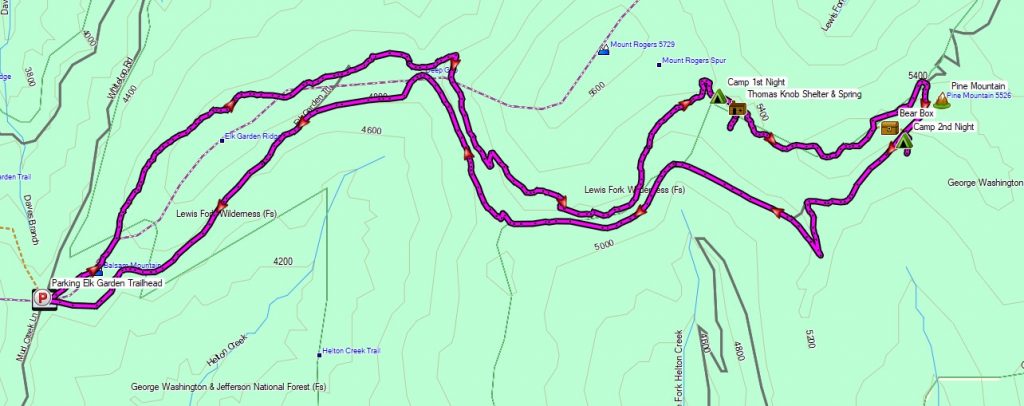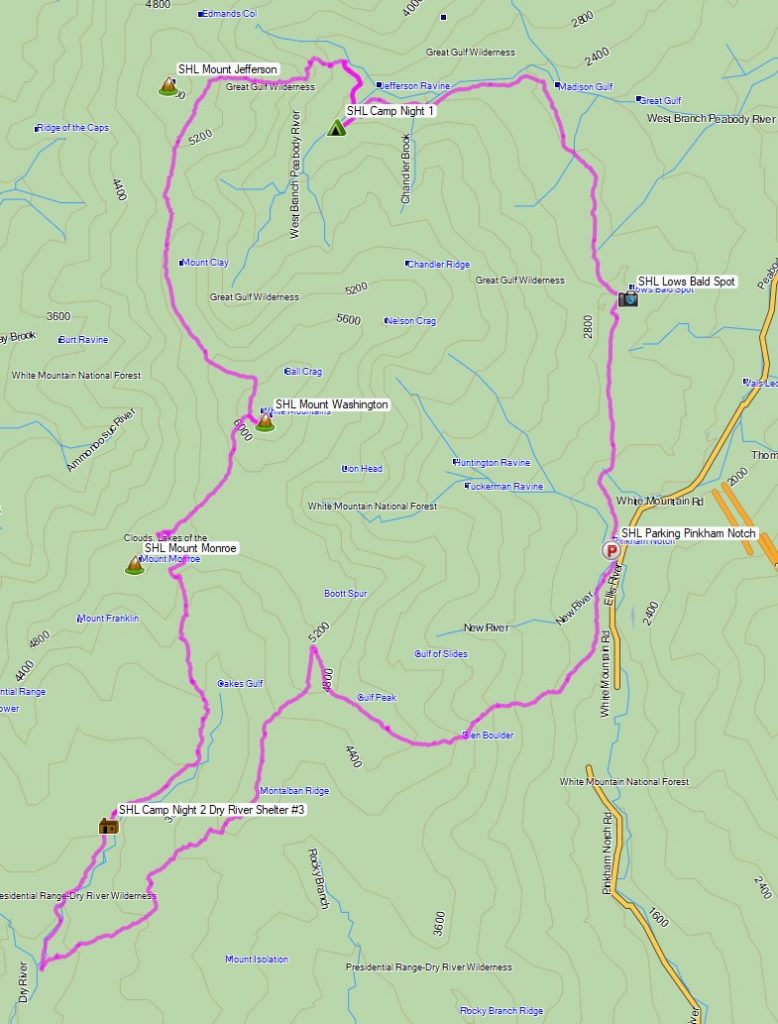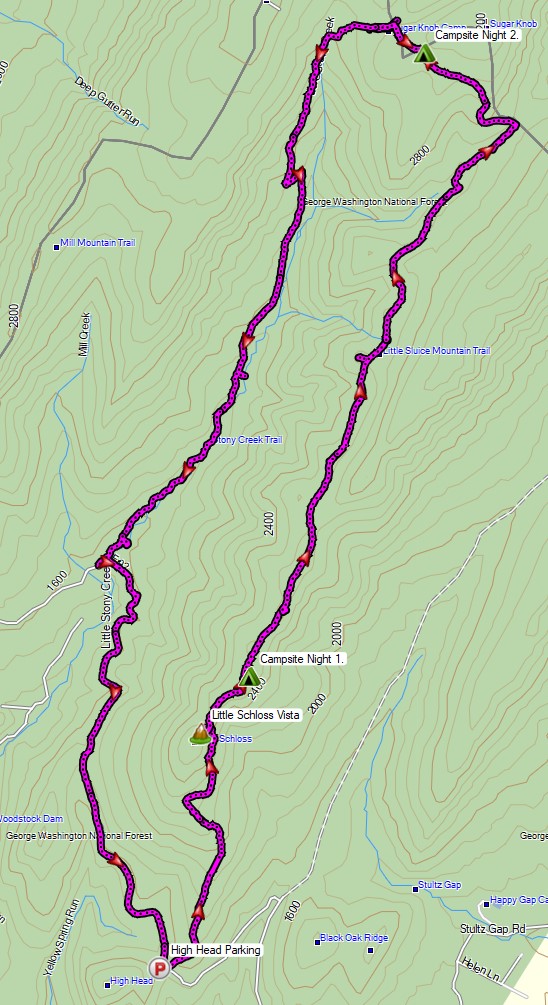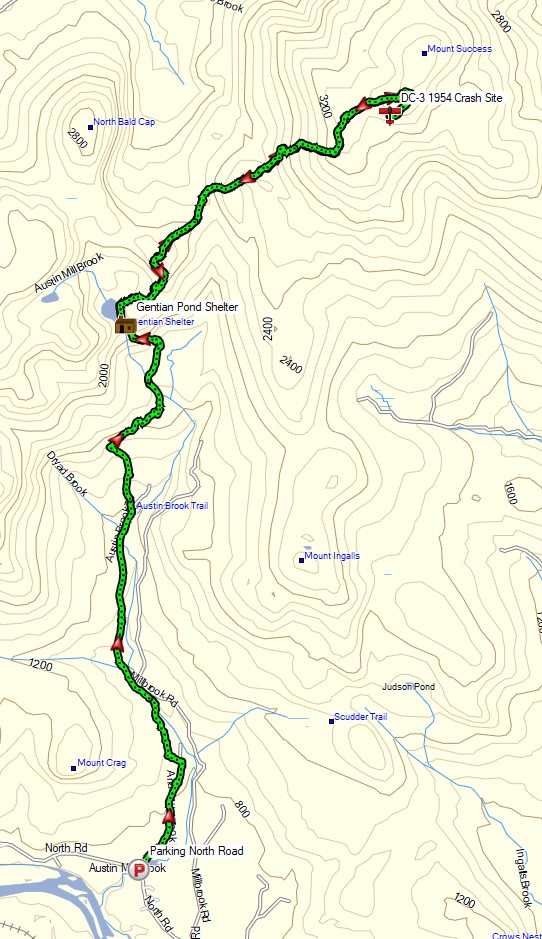3 days of Solo Backpacking, Hiking & Tent Camping on a section of the Appalachian Trail in Virginia’s Grayson Highlands.
FTC Disclosure: This post contains affiliate links, which means I may receive a commission for purchases made through some of my links.
For this 3 day, 2 night backpacking trip, I headed out for some hiking and solo camping in the Lewis Fork Wilderness and Mt Rogers National Recreation Area, within the larger George Washington and Jefferson National Forest.
With an emphasis on exploring the wild pony grazing areas surrounding Pine Mountain rather than grinding out mileage, I created a modest loop by combining a portion of the Appalachian Trail with the Virginia Highlands Trail. This gave me a super laid route with my campsites for the first and second nights located in the same general area, separated by less than a couple of miles.
I had a backup plan to do a larger 22 mile loop similar to the one I did in this area a few years back, but I knew from that trip that there was a good possibility I would want to slow things down and soak in the sights in this particular area. Overall, I was very happy with my choice, but keep in mind that there are many more spots to explore if you’re planning your own trip to the Grayson Highlands. The details of my previous larger loop can be found here if you’re interested.
The Grayson Highlands are known for their high winds and unpredictable, rapidly changing weather, but luckily for me, the mid September forecast called for an ideal temperature range of 55 to 80 degrees. This allowed me to get by on an ultralight backpacking setup with minimal extra clothing and gear. My shelter for this trip was my Outdoor Vitals 1p tent in “fast and light” mode – which just means that I left the main tent body with bugnet at home and set it up using only the tent fly, poles and ground cloth.
Thank you to Revtown Jeans for sponsoring this trip video!
Trailhead Used: Elk Garden Trailhead Parking, 36°38’46.7″N 81°34’59.0″W
Whitetop Mountain Rd, Troutdale, VA 24378
This is an easily accessible grass and gravel parking area with room for a decent amount of cars. No fee or permit is required for parking or backcountry camping. There are pit toilets without running water on site. I began my hike at the gate on the other side of the road.
Full GPS track data, including campsites, etc, for this trip and many others can be downloaded on my Trip Data Page.




